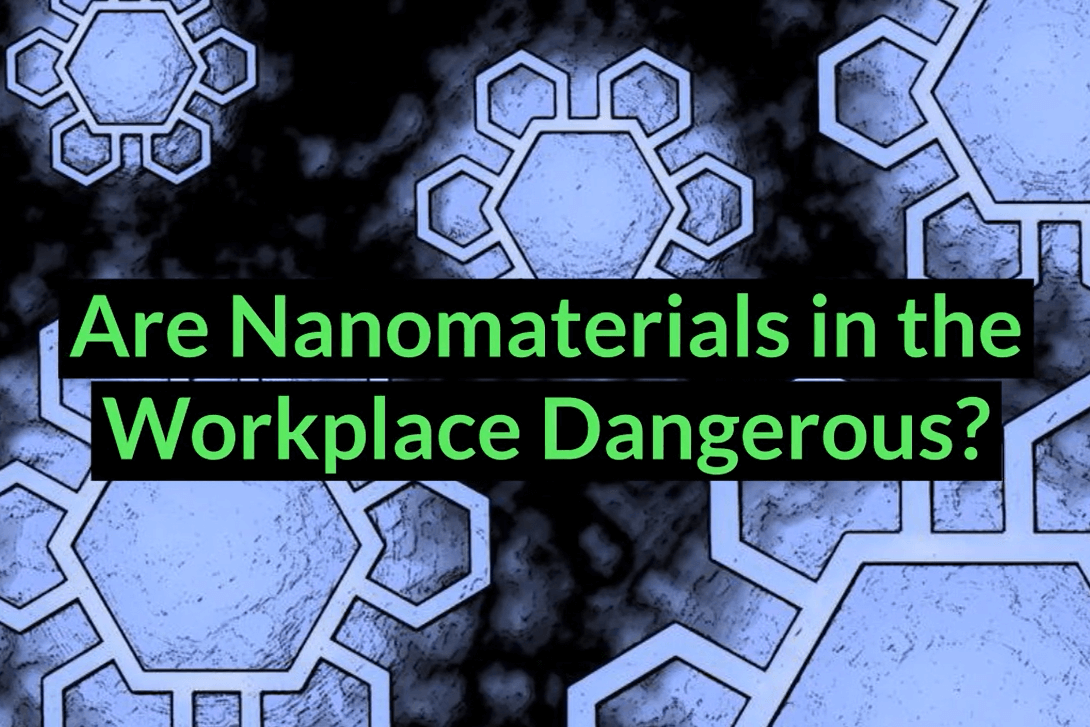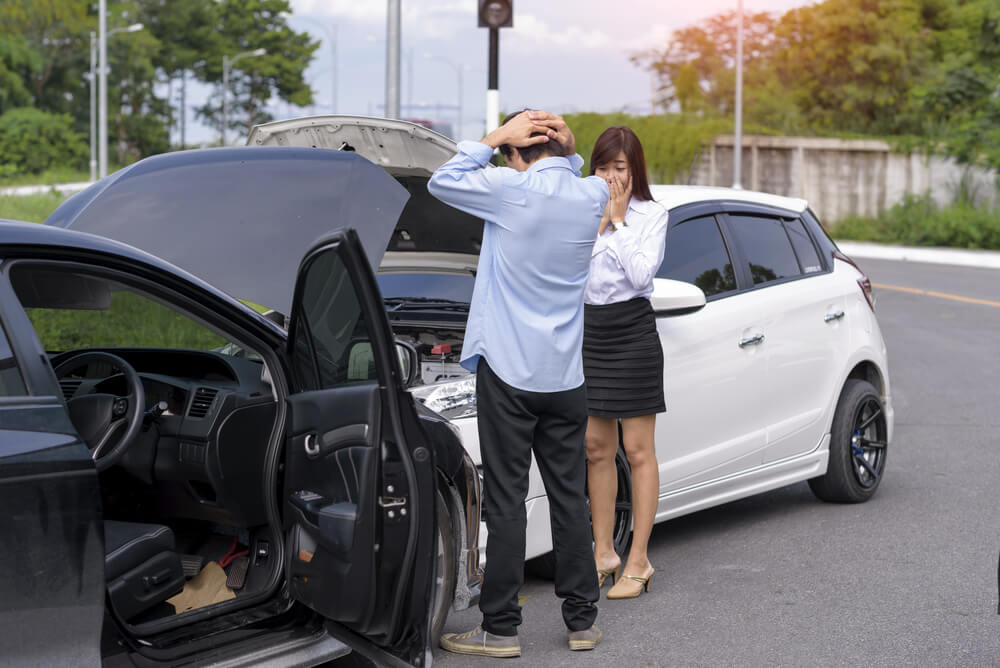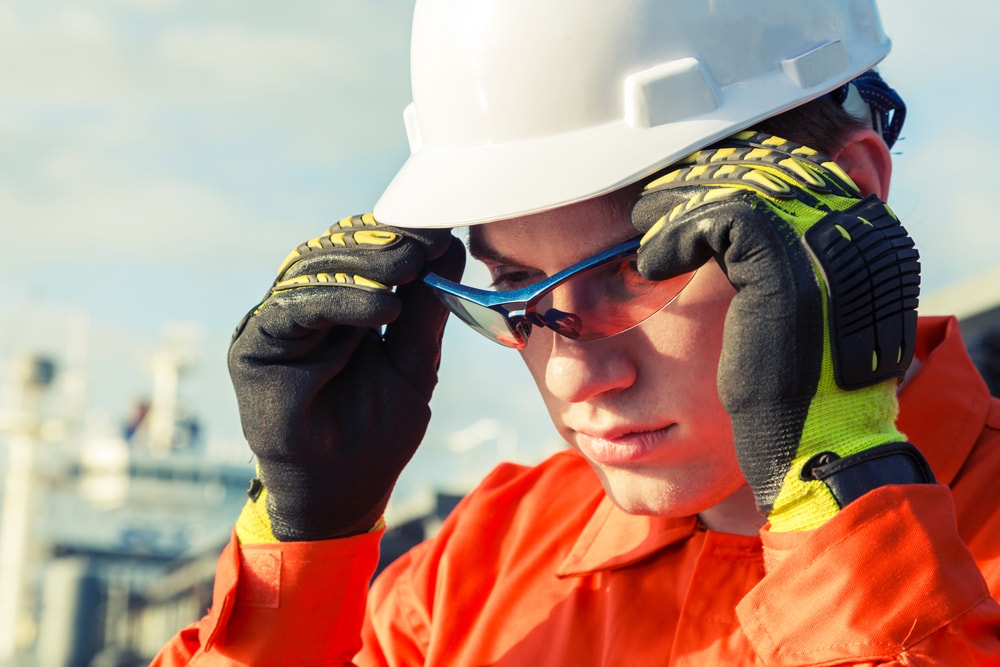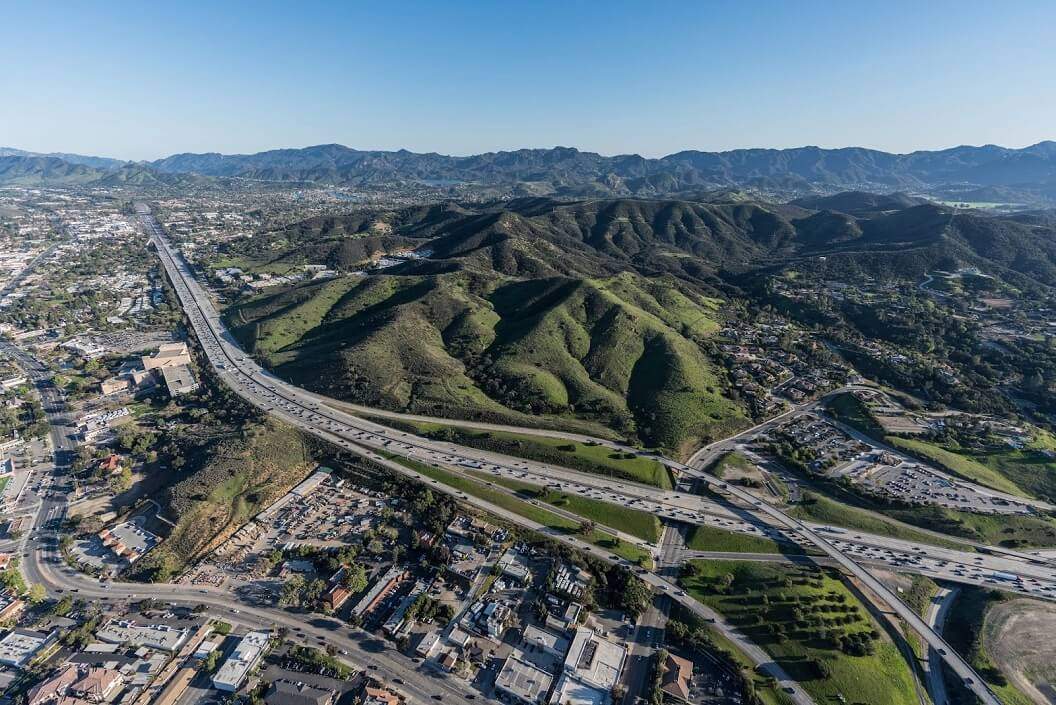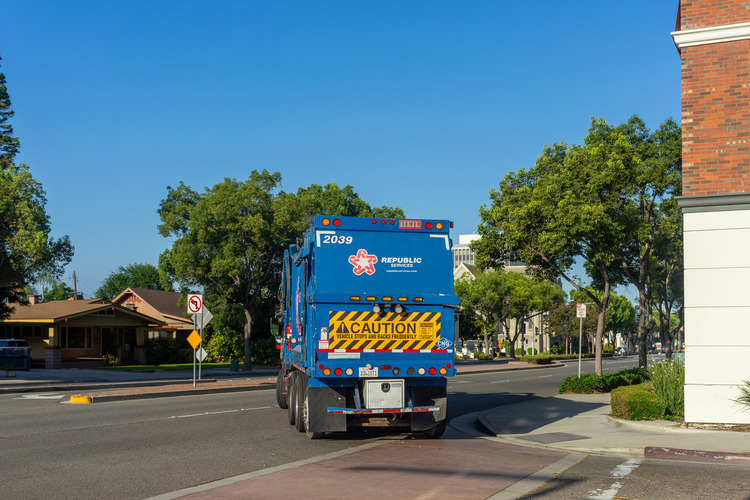- About us
- Practice Areas
- Anti-Corporate Law
- Bike Accidents
- Brain Injuries
- Car Accidents
- Construction Accidents
- Catastrophic Injury
- CCPN Lawsuit
- Chronic Pain
- Class Action Lawsuits
- Elder Abuse
- Dog Bite Injury
- Highway Accidents
- Hit and Run Accidents
- Motorcycle Accidents
- OSHA
- Pedestrian Accidents
- Plane Crashes
- Semi Truck Accidents
- Spinal Cord Injuries
- Wrongful Death
- Product Liability
- Probate Trial Lawyers
- Tesla Autopilot Crashes
- Resources
- California
- Contact Us



